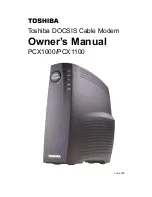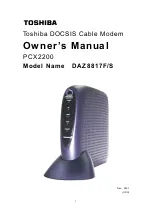
14
6651-22631
FX (Fibre)
SM-LC80
SM-LC40
SM-LC15
MM-LC2
Fibre connector
LC duplex
LC duplex
LC duplex
LC duplex
Fibre type
Singlemode
9/125
m
m
Singlemode
9/125
m
m
Singlemode
9/125
m
m
Multimode,
62.5/125 and
50/125
m
m
Wavelength
1550 nm
1310 nm
1310 nm
1310 nm
Transmitter
Output optical power min/max
–5/0 dBm**
–5/0 dBm**
–15/–8 dBm** –20/–14 dBm*
Receiver
Input sensitivity, max
–34 dBm
–34 dBm
–31 dBm
–31 dBm
Receiver
Input optical power, max
–5 dBm***
–3 dBm***
–8 dBm
–8 dBm
Optical power budget,
worst-case
29 dB
29 dB
16 dB
11 dB
Transceiver type
Small Form Factor Pluggable (SFP)
Multi-Sourcing Agreement (MSA) compliant
Laser class
Class 1, IEC 825-1 Accessible Emission Limit (AEL)
* To minimise the risk of interference, a shielded cable is recommended when the cable is located inside 3 m
boundary to the rails and connected to this port.
The cable shield should be properly connected (360°) to an earthing point within 1 m from this port.
This earthing point should have a low impedance connection to the conductive enclosure of the apparatus
cabinet, or similar, where the unit is built-in. This conductive enclosure should be connected to the earthing
system of an installation and may be directly connected to the protective earth.
*
Output power is power coupled into a 62.5/125
m
m multimode fibre
**
Output power is power coupled into a 9/125
m
m singlemode fibre
*** The optical power should be reduced by at least 5 dB (SM-LC80 and Bi-di LC-60) or 3dB (SM-LC-40
and Bi-di LC-40) between the optical output and input.
RS-232
Electrical specification
EIA RS-232
Data rate
300 bit/s – 250 kbit/s
Data format
9 – 12 bits. Only needed in redundant ring
Protocol
Start-bit followed by 8 – 11 bits
Retiming
Yes
Transmission range
15 m
Isolation to
Status and Power port
Connection
9-pin D-sub female (DCE)
Shielded cable
Not required, except when installed in railway applications as
signalling and telecommunications apparatus and located close
to rails*
Conductive housing
Isolated to all other circuits and housings
Optical Power Budget
The allowed link length is calculated from the optical power budget (OPB), the available optical
power for a fibre-optic link, and the attenuation of the fibre, comprising losses due to in-line
connectors, splices, optical switches and a margin for link ageing (typical 1.5 dB for 1300 nm).
The worst-case optical power budget (OPB) in dB for a fibre-optic link is determined by the differ-
ence between the transmitter’s output optical power (min) and the receiver input sensitivity (max).
Summary of Contents for ODW-620-F2
Page 2: ...2 6651 22631...











































